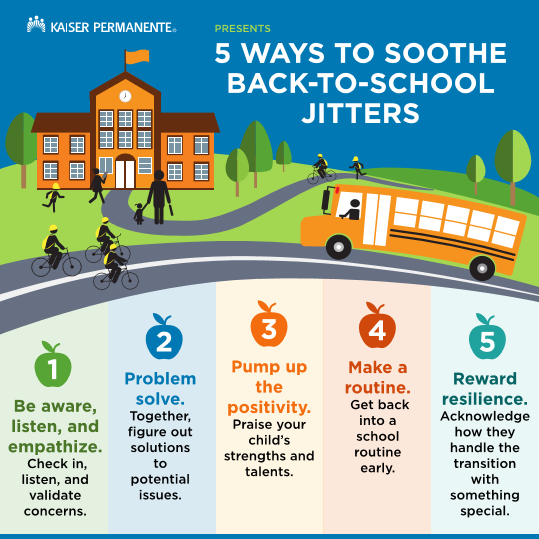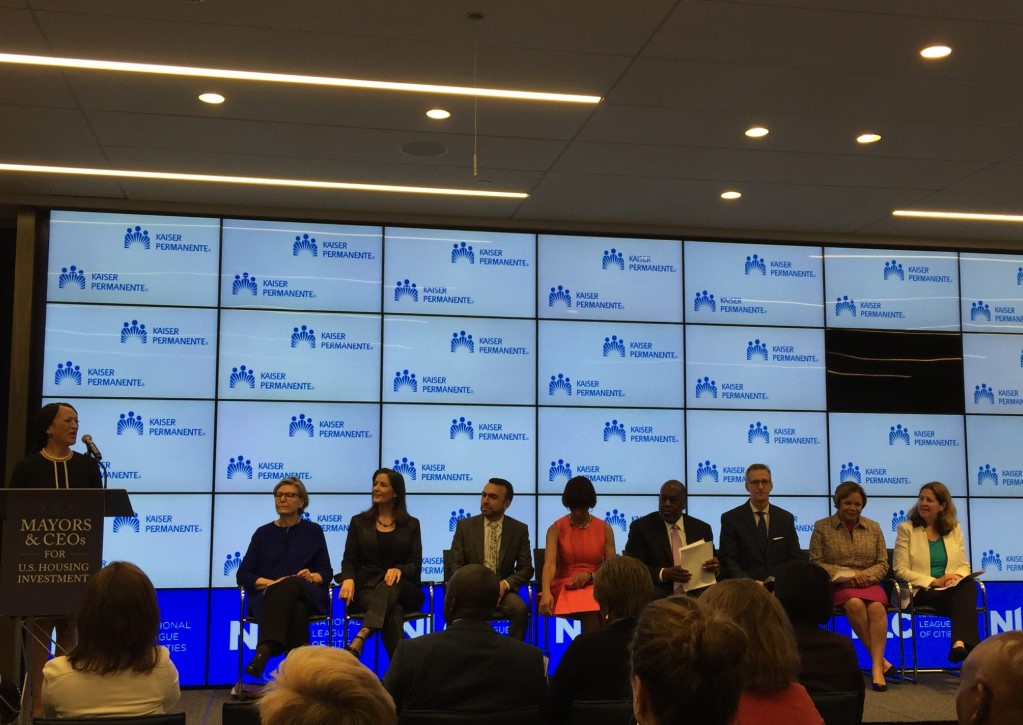This month at the Partnership for a Healthier American summit in Washington, DC., a subcommittee of the President’s Council on Fitness, Sports & Nutrition, presented findings from an examination of the best ways to help kids become more physically active: The Physical Activity Guidelines for Americans Mid-Course Report: Strategies to Increase Physical Activity.
Deborah Rohm Young, PhD, a research scientist studying physical activity interventions with the Kaiser Permanente Department of Research & Evaluation, is a member of the subcommittee that created the report. We caught up with her to discuss the results and find out what she and the other subcommittee members learned about physical activity patterns in American children.
Why did you decide to focus on physical activity interventions for youth?
Americans as a whole, and even kids, are not meeting key health recommendations for physical activity. Many policymakers and academics believe that if we can get kids to be more active, they will maintain that healthy lifestyle over time. And of course, they will reap the health benefits of being active during childhood such as maintaining a healthy weight, strengthening muscles and bones, and improving cardiorespiratory fitness.
What findings in the report stood out to you?
One of the key things our team found is that interventions in schools work. Most American children are enrolled full time in school, so it’s a great place to reach them with simple programs and changes for improving physical activity. Some examples include physical education (P.E.) classes, activity breaks during classes, active recess periods, and after-school activities. But school officials need to be part of the process, too. We found that teachers and staff need to be trained to implement these ideas successfully, and that recess and similar activities should be monitored so that kids are encouraged to be active.
What about really young children? What did the report find about physical activity in preschool?
The physical activity guidelines from 2008 did not address physical activity patterns among preschool children. Because of new data that recently became available, we were able to study preschools for this report. One of the interesting things we found was that school staff members need to be thoroughly trained to properly engage kids and help them increase their physical activity levels. We also found toys like tricycles and jump-ropes are important tools for encouraging kids to be more active.
How much physical activity should kids be getting each day?
The national guidelines for youth recommend about 60 minutes of moderate to vigorous physical activity per day for children. So if you think about it, P.E. classes – where kids may only get 15 or 20 minutes of physical activity – don’t always meet this requirement. Even with sports like baseball, kids are not necessarily consistently active for extended periods of time. In addition, they are not likely to walk or run for health like many adults. What we found is that kids need a variety of physical activity choices, and they need options that are fun.
Did you find anything surprising when conducting this research?
I was surprised that there were a number of settings that we looked at that didn’t have sufficient evidence for us to draw conclusions and include in the report, especially family and primary care settings. This is a definite area that should be a focus for future studies. We also found a number of community programs have not been evaluated in a scientific way for their effectiveness.
Another thing I found surprising is the impact of the built environment in a given neighborhood on the physical activity levels of residents. People in neighborhoods with more recreational facilities, bike lanes, and hiking trails tend to be more physical active than those who don’t. We found that many neighborhoods really don’t have these kinds of facilities, which makes it harder for residents to be fit and healthy.
What does this report mean for parents?
I hope that parents see this report and are inspired to take a closer look at the types and amount of activity their children are getting. Parents can get more involved with their children’s schools by finding out what physical activity programs and P.E. classes are being offered. They can also be good role models for their children by taking them to parks, going on family bike rides, and encouraging participation in after school programs.
Where do we go from here?
Hopefully, we as a nation will start to prioritize physical activity as a critical component in educational policy and set up strategies and structures that support this. Policymakers need to be aware that P.E. is just as important as science and math, and good P.E. teachers enhance children’s overall health.



